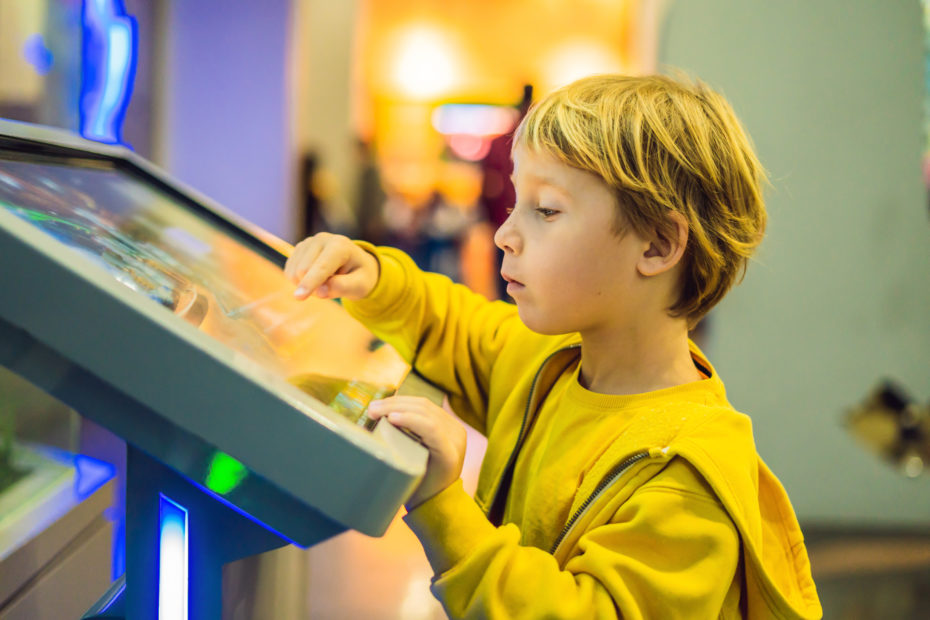In addition to the difficulties in the delivery and access to pedagogical content, the closure of schools due to the Covid-19 pandemic bred another consequence, especially for children: lack of social stimulation and interaction with their peers. This reality was even more challenging for children with disabilities, who, in many cases, were isolated even from their families to avoid contamination by the new virus.
In this sense, a group of pedagogical coordinators point to the use of games and play as a powerful tool to facilitate learning and promote contact and socialisation of children with and without disabilities during the gradual resumption of classroom lessons, in addition to promoting value formation and knowledge acquisition.
Today, quality inclusive education cannot be disassociated from play and games because it is through these activities that children can fully develop a series of capacities, understand complex issues in learning content, and familiarise themselves with activities of daily life such as rules, interaction with objects and the environment, and the diversity of language.
The Importance of Socialising
According to studies carried out in Brazil, around 24% of the population – almost 46 million people – declared that they had some degree of difficulty in seeing, hearing, walking, or climbing steps, or that they had mental or intellectual disabilities.
Even though the percentage of the population with a disability is high, these people are still not fully included in all areas of society. The coexistence between children with and without disabilities facilitates concrete learning on the importance of diversity and respect for human differences, strengthening the social and emotional repertoire of all children and consequently, of all people belonging to their social network.
Studies and research in the academic field reinforce the benefits of this integration and argue that through coexistence it is possible to develop empathy and emotional and conflict resolution skills. Furthermore, the promotion of this contact may constitute a tool to identify possible barriers that prevent the full participation of children with disabilities in equal conditions with other children.
Games As Mediators
Considering the challenges faced during almost two years of the pandemic, the use of games, whether physical or online like the ones we have in Kidmons, and accessible teaching materials is a very important tool for a new teaching approach and the re-establishment of bonds between children and the entire school team. If enacted from an inclusive perspective, these activities can eliminate barriers and ensure the participation of all children.
The accessible pedagogical materials, built based on the reality of each class, consider the specific needs of all children with or without disabilities, strengthening the understanding that all have the potential to grow their abilities and that it is the collective responsibility to make room for them to be recognized and expanded.
In physical education class, for instance, it is possible to promote games, jokes, playful activities, dances, and fights to be performed jointly by all children, stimulating varied capabilities from motor skills to cooperation for conflict resolution.
In a school in Belo Horizonte, a city in southwest Brasil, educators from Portas Abertas para Inclusão adapted the game of bocce to make it inclusive. The students practiced in pairs, varying the way they throw the ball: standing up, sitting down, and even with a chute adapted so that everyone could play under the same conditions. The carpet stretched across the court, preventing the balls from rolling too much, and the throws were alternated, totalling three for each team, which should always use the same colour ball.
The exchanges and learning that play provides in the school environment have been hampered with the arrival of the pandemic. However, it is important to continue to expand the use of these resources, especially when returning to face-to-face classes. When we think of games, all of them can be employed with a pedagogical bias and must also be adapted according to the public that will be attended to. Children with visual impairment, for instance, need interactive activities adapted to propitiate their learning and participation.
In-Game Development
Another point worth highlighting is the possibility of games and play encouraging the development of all students. Games help to structure a student’s personality as they begin to understand their relationships with the world based on their own personal experiences. It is through this interaction with the world and through play that they learn to communicate and relate to the social environment in which they live.
In addition to promoting the development of children with and without disabilities, framing education from the perspective of playfulness proposes a more satisfying and pleasurable learning system, which contributes to internalizing experiences and knowledge.





